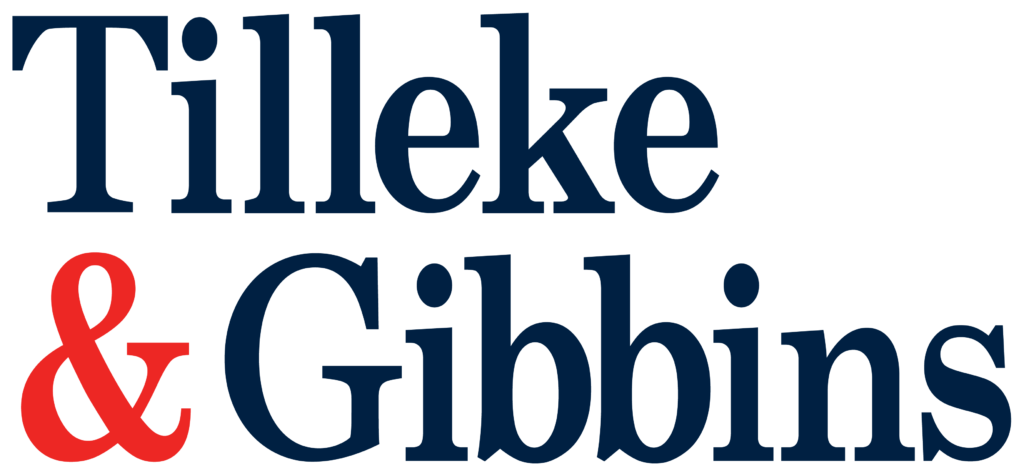Following the delisting of cannabis grown in Thailand as a narcotic substance on June 9, 2022, many have explored the applications of cannabis in various fields, including medicine, healthcare, food products, cosmetics, and animal feed.
For example, a poultry farm in northern Thailand conducted an experiment jointly with Chiang Mai University, mixing crushed cannabis into poultry feed and water. The experiment showed several benefits of this cannabis feed. Birds that were fed cannabis had lower mortality rates and achieved superior body mass, with increased levels of protein, fat, and moisture in the meat, leading to this method of organic bird farming yielding higher profits.
Despite the results of this experiment, the mechanisms and action of cannabis in animal feed are still not yet fully understood, and there are concerns about the possible effects on human health of consuming cannabis-fed poultry.
Until recently, cannabis regulations focused solely on the safety of use by humans, and there were no regulations on the use of cannabis in animals. However, on October 11, 2022, the Department of Livestock Development (DLD) published Notification Re: Guidelines on the Use of Hemp and Marijuana as Especially Controlled Animal Feed or Their Use as Ingredients in Especially Controlled Animal Feed in the Government Gazette. In general, the DLD notification requires that animal feed containing cannabis be shown to benefit the animals without causing concern for their safety.
According to the Animal Feed Quality Control Act B.E. 2558 (2015), especially controlled animal feed must be registered before it can be manufactured domestically or imported into Thailand. The DLD notification lays down the following evaluation criteria for registration of animal feed containing cannabis:
- It is prohibited to use cannabis (both hemp and marijuana) apexes (i.e., leaf tips), inflorescence, or seeds—including extracts from apexes, inflorescence, or seeds—as especially controlled animal feed or as an ingredient in especially controlled animal feed;
- Use of cannabis plant parts besides those listed in (1) is allowed if a laboratory test report is submitted to the DLD. Both THC and CBD must not be detectable unless there is evidence-based research in the test report showing that the levels of THC or CBD, when applied in animal feed, improve the efficiency and safety of the animals. However, in any case, the level of THC must not exceed 0.2% by weight;
- The cannabis plant parts and extracts mentioned in (2) may only be obtained from plants cultivated in Thailand;
- The laboratory that conducts the test mentioned in (2) must hold an ISO/IEC 17025 certificate for testing chemicals in hemp and marijuana.
The requirements set out in the DLD notification are likely to slow the development of commercial animal feed containing cannabis. More importantly, it is unclear whether the production of such feed by farmers for their own use is exempt from the registration requirements outlined above. Nevertheless, farmers and businesses in the animal feed industry should review their practices carefully to ensure they are compliant with the DLD notification.

For further information, please contact:
Atthachai Homhuan, Tilleke & Gibbins
atthachai.h@tilleke.com





